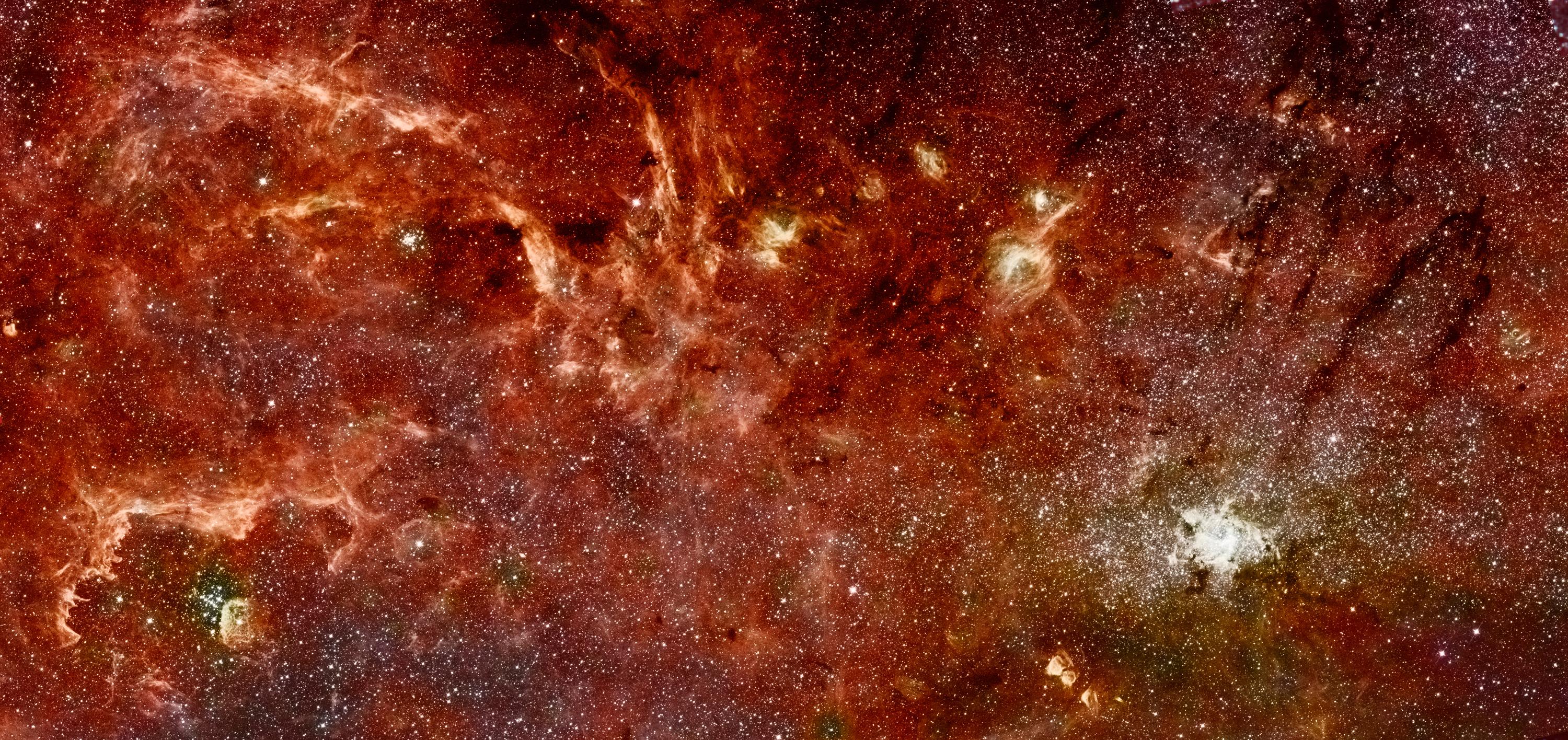Please login in order to download photos in full size
If you are not registered, please register for free: www.Free-Photos.biz/register
Please note to download premium images you also need to join as a free member..
You can also save the photos without the registration - but only in small and average sizes, and some of them will have the site's watermark. Please simply click your right mouse button and save the image.
Please login in order to like photos
If you are not registered, please register for free:
Sorry, non-members can download up to 1100 full-size photos per month.
It looks like you have used up your limit.
Free members can download an unlimited number of full-size photos - including the premium free photos.
Join as a member today for FREE! - and download the images without limitations:
www.Free-Photos.biz/membership.php
You can also save the images without the membership - but only in small and average sizes, and some of them may have the site's watermark. Please simply click your right mouse button and save the image.

|
This is a premium free photo
This photo was viewed 158 times and was downloaded in full size 72 times.
This photo was liked 0 times
Source page: |
http://commons.wikimedia.org/wiki/File:An_Infrared_View_of_the_Galaxy.jpg |
|---|
Summaryedit
| Description |
English: This composite colour infra-red image of the centre of our Milky Way galaxy reveals a new population of massive stars and new details in complex structures in the hot ionized gas swirling around the central 300 light-years. This sweeping panorama is the sharpest infra-red picture ever made of the Galactic core and offers a laboratory for how massive stars form and influence their environment in the often violent nuclear regions of other galaxies. This view combines the sharp imaging of the Hubble Space Telescope's Near Infrared Camera and Multi-Object Spectrometer (NICMOS) with colour imagery from a previous Spitzer Space Telescope survey done with its Infra-red Astronomy Camera (IRAC). The Galactic core is obscured in visible light by intervening dust clouds, but infra-red light penetrates the dust. NICMOS shows a large number of these massive stars distributed throughout the region. A new finding is that astronomers now see that the massive stars are not confined to one of the three known clusters of massive stars in the Galactic Centre, known as the Central cluster, the Arches cluster, and the Quintuplet cluster. These three clusters are easily seen as tight concentrations of bright, massive stars in the NICMOS image. The distributed stars may have formed in isolation, or they may have originated in clusters that have been disrupted by strong gravitational tidal forces. The winds and radiation from these stars form the complex structures seen in the core, and in some cases, they may be triggering new generations of stars.
|
| Date | |
| Source | NASA Image of the Day |
| Author | Hubble: NASA, ESA, and Q.D. Wang (University of Massachusetts, Amherst); Spitzer: NASA, Jet Propulsion Laboratory, and S. Stolovy (Spitzer Science Center/Caltech) |
The NICMOS mosaic required 144 Hubble orbits to make 2,304 science exposures.
Licensingedit
| This file is in the public domain in the United States because it was solely created by NASA. NASA copyright policy states that "NASA material is not protected by copyright unless noted". (See Template:PD-USGov, NASA copyright policy page or JPL Image Use Policy.) |
 |
|
 |
Warnings:
|
This composite colour infra-red image of the centre of our Milky Way galaxy reveals a new population of massive stars and new details in complex structures in the hot ionized gas swirling around the central 300 light-years. This sweeping panorama is the sharpest infra-red picture ever made of the Galactic core and offers a laboratory for how massive stars form and influence their environment in the often violent nuclear regions of other galaxies. This view combines the sharp imaging of the Hubble Space Telescope's Near Infrared Camera and Multi-Object Spectrometer (NICMOS) with colour imagery from a previous Spitzer Space Telescope survey done with its Infra-red Astronomy Camera (IRAC). The Galactic core is obscured in visible light by intervening dust clouds, but infra-red light penetrates the dust. NICMOS shows a large number of these massive stars distributed throughout the region. A new finding is that astronomers now see that the massive stars are not confined to one of the three known clusters of massive stars in the Galactic Centre, known as the Central cluster, the Arches cluster, and the Quintuplet cluster. These three clusters are easily seen as tight concentrations of bright, massive stars in the NICMOS image. The distributed stars may have formed in isolation, or they may have originated in clusters that have been disrupted by strong gravitational tidal forces. The winds and radiation from these stars form the complex structures seen in the core, and in some cases, they may be triggering new generations of stars.
| EXIF data: | |
| File name | an_infrared_view_of_the_galaxy.jpg |
|---|---|
| Size, Mbytes | 1.2236572265625 |
| Mime type | image/jpeg |
While the copyright and licensing information supplied for each photo is believed to be accurate, Free-Photos.biz does not provide any warranty regarding the copyright status or correctness of licensing terms. If you decide to reuse the images from Free-Photos.biz, you should verify the copyright status of each image just as you would when obtaining images from other sources.
The use of depictions of living or deceased persons may be restricted in some jurisdictions by laws regarding personality rights. Such images are exhibited at Free-Photos.biz as works of art that serve higher artistic interests.
PRIVACY POLICY
By registering your account and/or by subscribing to new and newly rated photographs you agree we may send you the links to photos and we may occasionally share other information with you.
We do NOT disclose your personal data.



